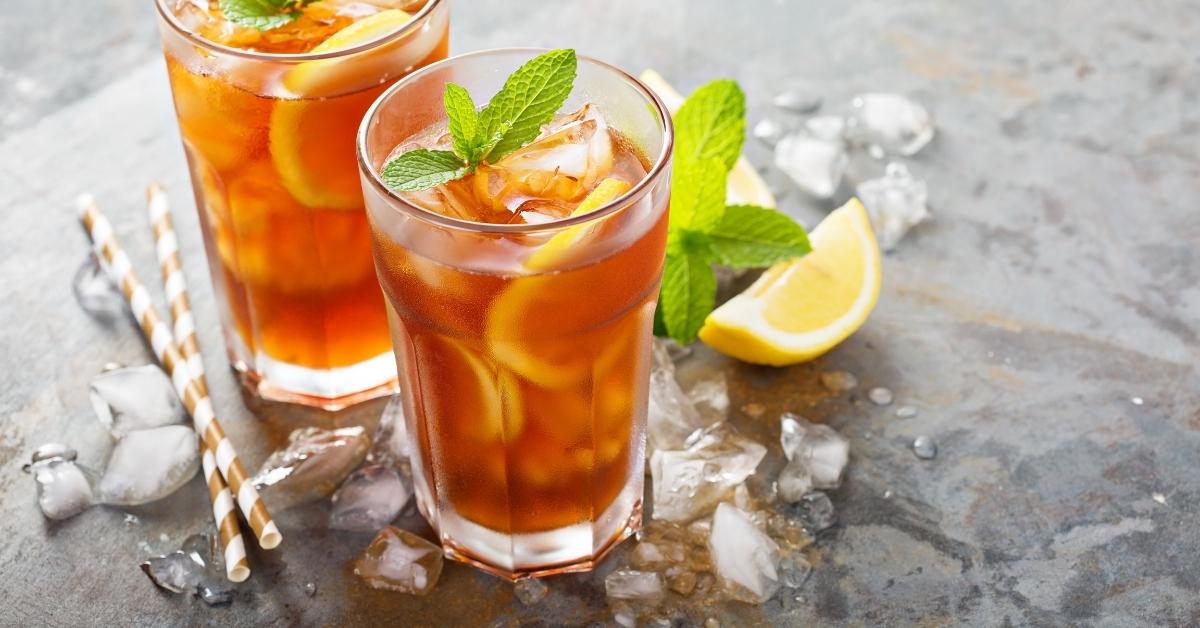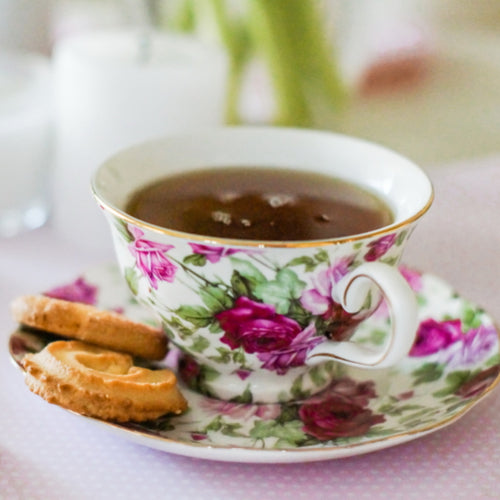Most people know that there are black and green teas (though real tea lovers know that there are many more kinds). So why is traditional English tea called  black tea? The answer is because of peculiarities of its transportation and the chemical process of oxidation, resulting in the browning of the tea leaves and making so-called black tea look black. In the 17th century, way before Indian tea plantations were established, Chinese tea was imported through the big port of Canton (Guangzhou). Then it was transported to England by sea around the Cape of Good Hope, a journey that took four to six months. Even though the tea boxes were sealed with lead the humidity penetrated the boxes and process of oxidation continued. After arriving in London the East India Company, which had a monopoly on tea importing, was obliged by law to keep the annual stock of tea in their warehouses. First the older tea was sold and newly arrived tea waited its turn almost a year. Consumers were buying fully oxidized black tea, and they added milk and sugar.
black tea? The answer is because of peculiarities of its transportation and the chemical process of oxidation, resulting in the browning of the tea leaves and making so-called black tea look black. In the 17th century, way before Indian tea plantations were established, Chinese tea was imported through the big port of Canton (Guangzhou). Then it was transported to England by sea around the Cape of Good Hope, a journey that took four to six months. Even though the tea boxes were sealed with lead the humidity penetrated the boxes and process of oxidation continued. After arriving in London the East India Company, which had a monopoly on tea importing, was obliged by law to keep the annual stock of tea in their warehouses. First the older tea was sold and newly arrived tea waited its turn almost a year. Consumers were buying fully oxidized black tea, and they added milk and sugar.
In our collection we have a lot of traditional English teas. The most popular is English Breakfast. A perfect black breakfast tea. Good body but not overpowering. Coppery bright and excellent flavor. English Breakfast is a great traditional favorite.




